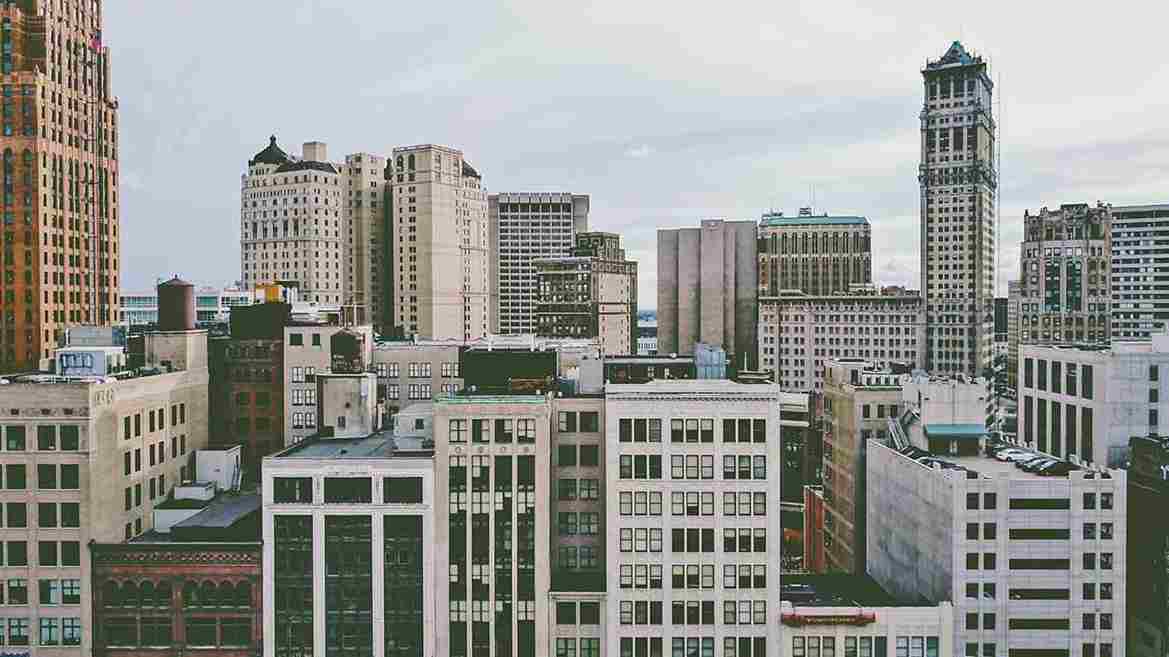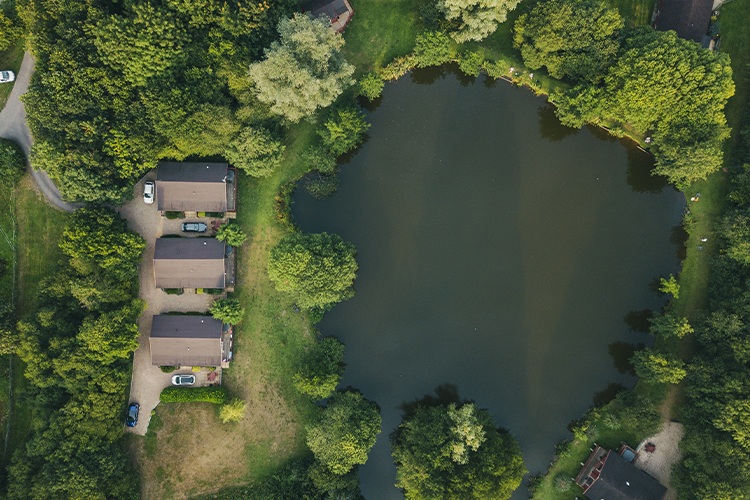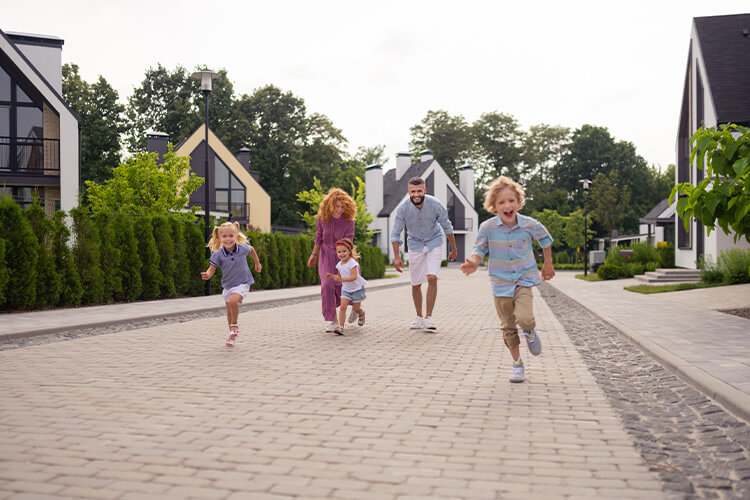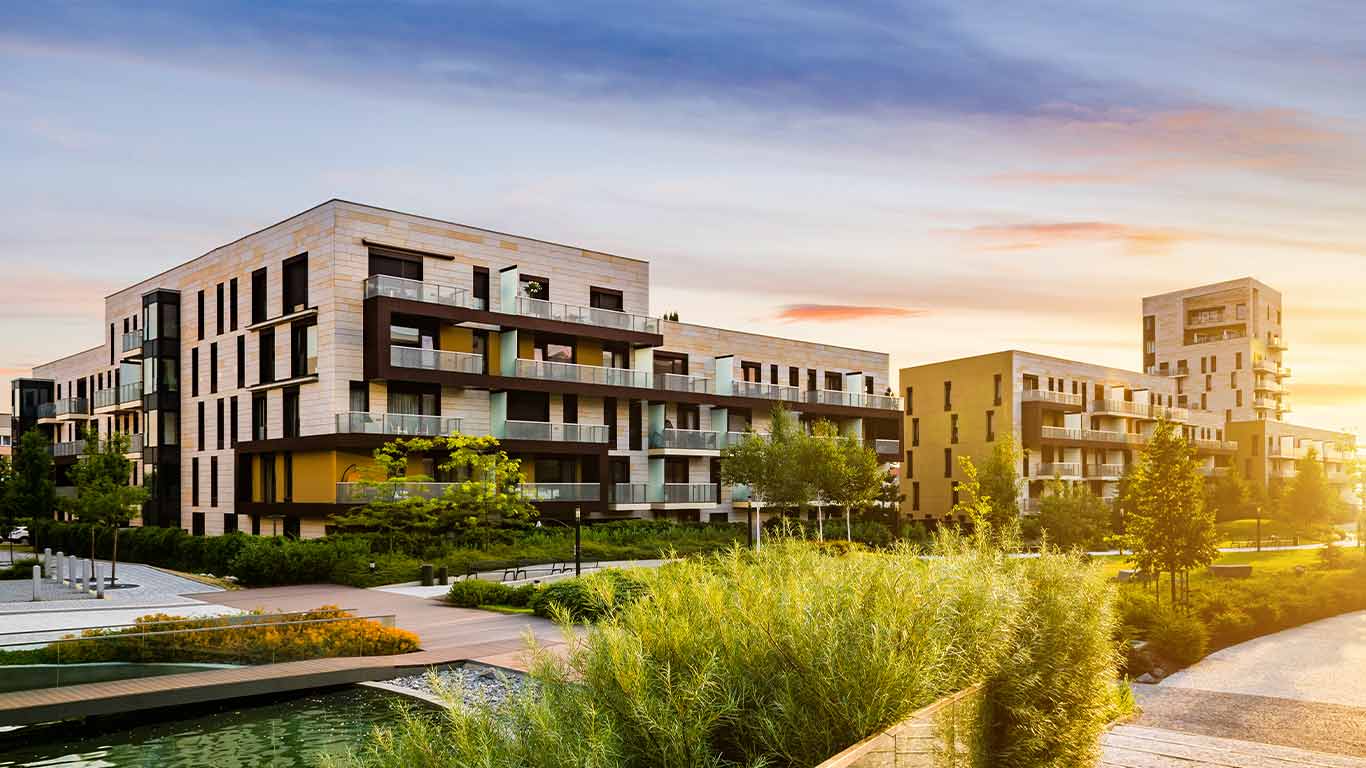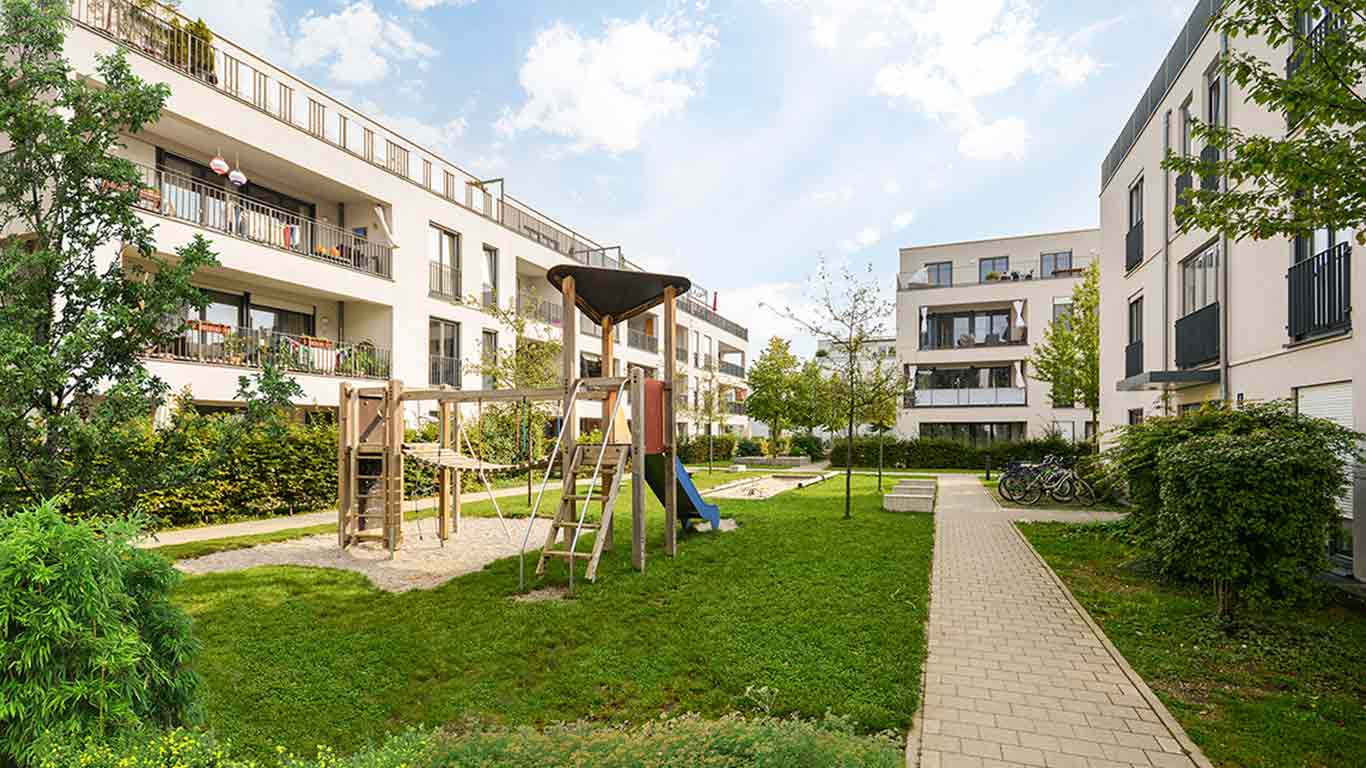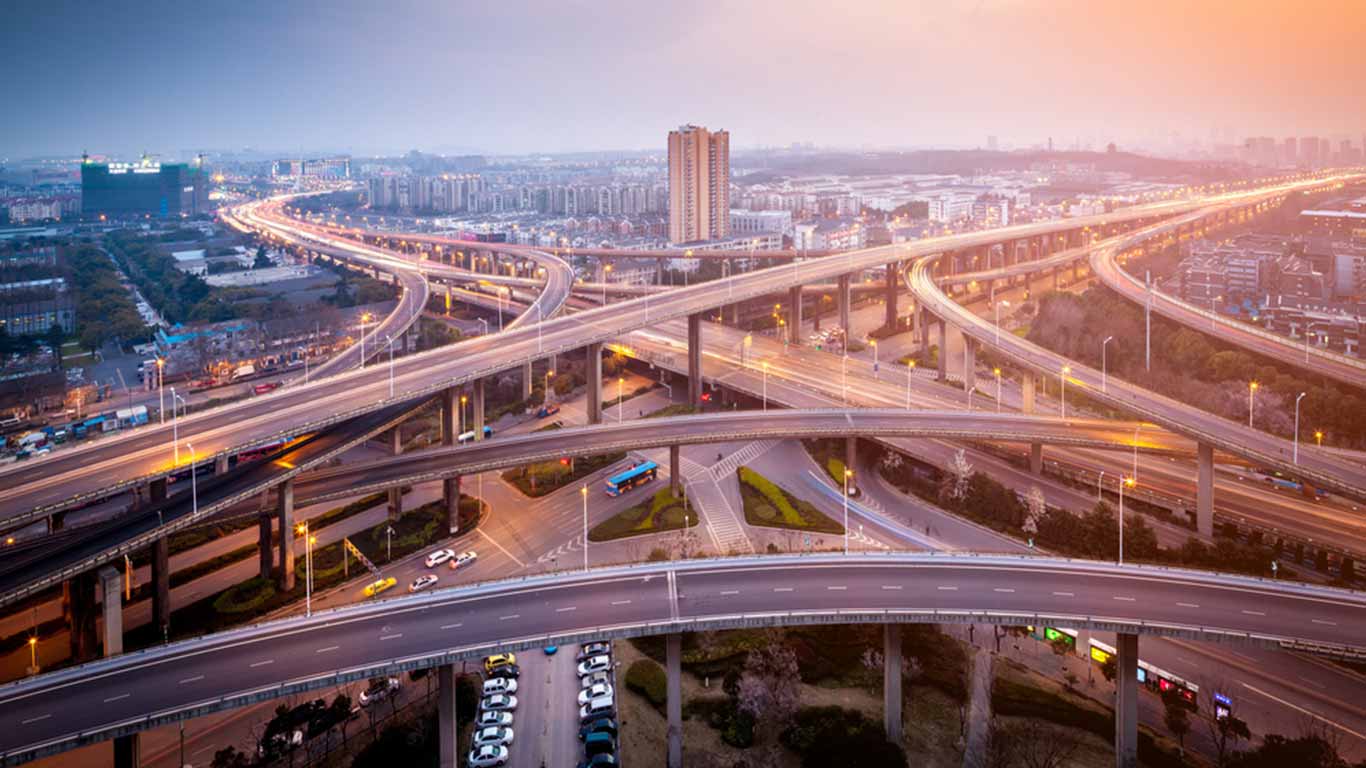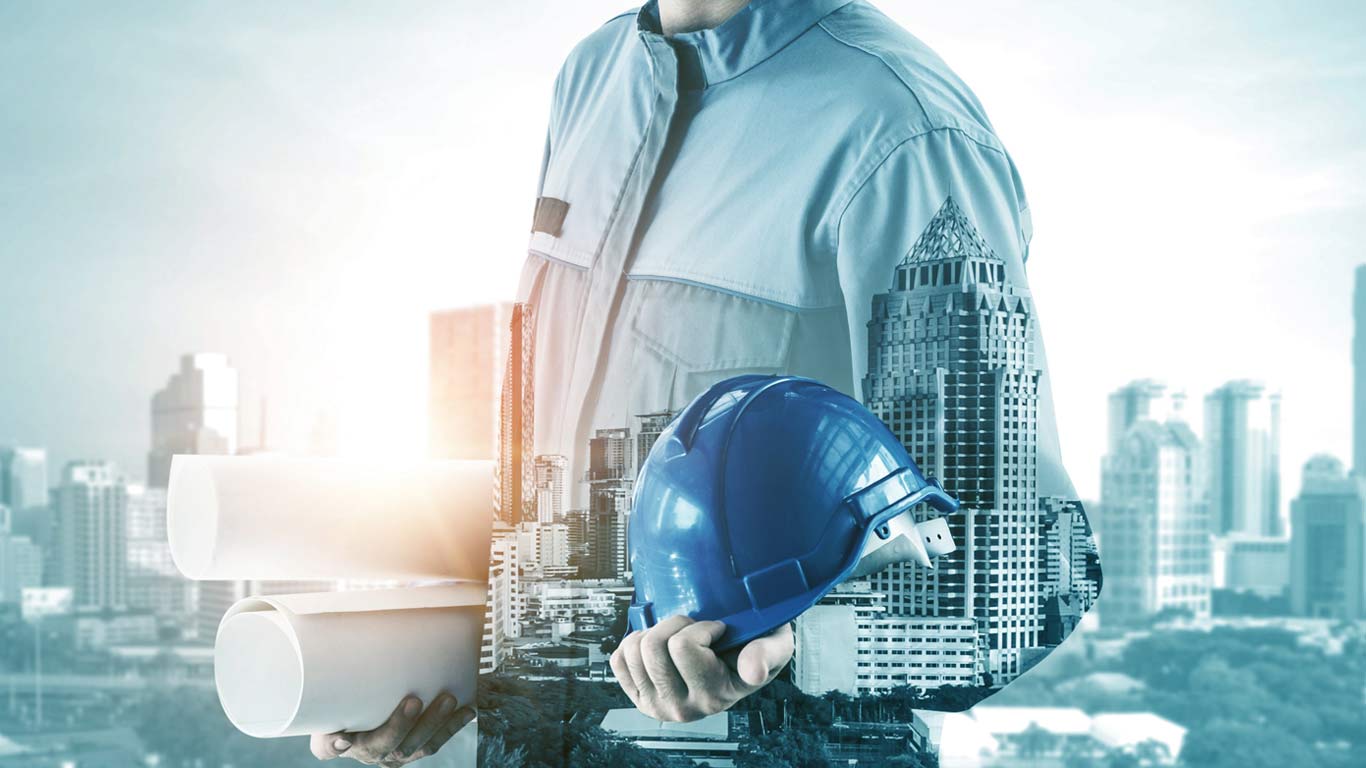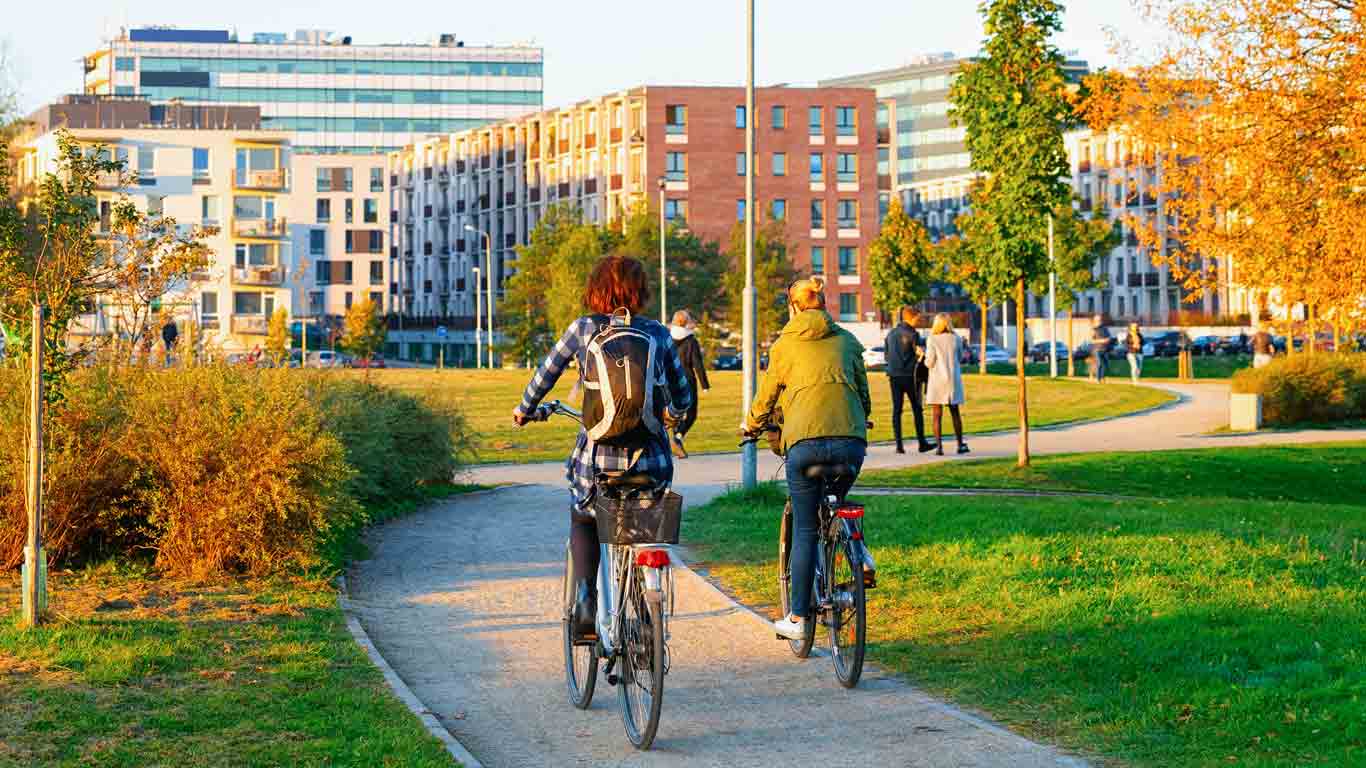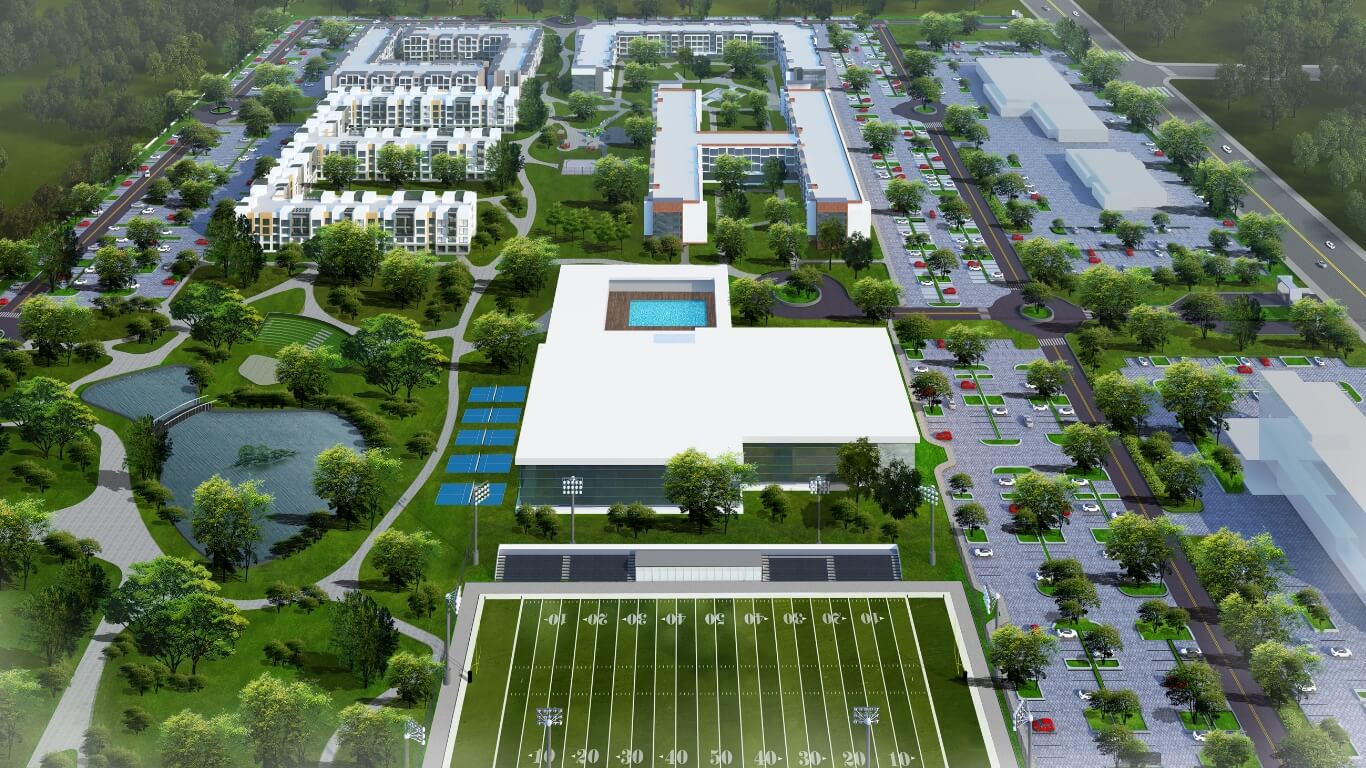How Homz Is Helping Cities Generate Employment Opportunities to Attract Growth and Development
By homz | December 12, 2022
The suburbs are supposed to be the idyllic places where the American dream is realized. They are known for less population, lesser concrete, low-rise living, plenty of open spaces, close-knit communities, and simpler living. The pandemic just accelerated this migration, making people realize the importance of slowing down and being in a healthy environment.
Many things have changed since the pandemic. From commutes to eating habits, people are putting health as a priority. A recent stat tells us that in 2021, over 35 million Americans moved to the suburbs. No wonder so many Americans are now changing their addresses by moving to the suburbs. Despite the different benefits they provide, American suburbs are somehow failing. Rising poverty, lack of security, and economic stagnation have become the main pain points of these suburbs. Needless to say, we need to reconcile these suburbs with better planning and execution.
Modern Suburban Life
The first step in creating a structured suburb is laying down the foundation. This means ensuring all the infrastructure is in place, from roadways and utilities to public spaces and amenities. If this sounds like a lot of money (and it is), it’s worth noting that developers often pay for these things as part of their subdivision agreements with municipalities.
Once your foundation is laid, you can start building up your housing units—but not everywhere at once! Instead, some parts of town should be designated as “high-density” areas where people can live closer together; others should have lower-density areas where people will have larger yards and more space between houses. It’s important that everyone has access to good schools; this usually means having at least one elementary school near each suburban neighborhood, so parents don’t have far to drive when dropping off their kids on weekday mornings.
HOMZ: Engineering New Suburbs
HOMZ is facilitating planned suburbanization in the US. We are trying to address different problems a suburb faces, including economic upliftment, safe neighborhoods, and driving entrepreneurship. Our wellness-centric housing communities endorse holistic well-being promoting key aspects of life like mental, psychological, spiritual, physical, and intellectual wellness. These housing communities are built-to-rent, with every project having around 60% area dedicated to green space. Since these are integrated housing communities, they provide handy access to essential facilities like public transportation, schools, colleges, shopping centers, museums, public health, and more.
HOMZ understands the importance of working together to build better communities. Through our collaborative public-private partnership model, we provide attainable housing solutions for residents of these suburbs. Furthermore, Homz is committed to investing $140-170 million in each community. We are also partnering to build hotels, convention centers, sports facilities, etc., leading to a combined investment of $500 million per community.
Final Thoughts
Suburbs do have the potential to provide the most desirable living conditions for an average American. From attainable housing to proximity to public transport and healthcare, a suburb gives you all and more. However, as discussed earlier in the blog, it needs a comprehensive restructuring.
HOMZ is committed to restructuring these suburbs to provide the most desired living opportunities. Our effort will address several pressing issues in the suburbs, including the housing crisis, poverty, unemployment, sustainability, security, and more. We are aiming to make it better for future generations. In this way, we can build happy, resilient cities.


 info@homzglobal.com
info@homzglobal.com




